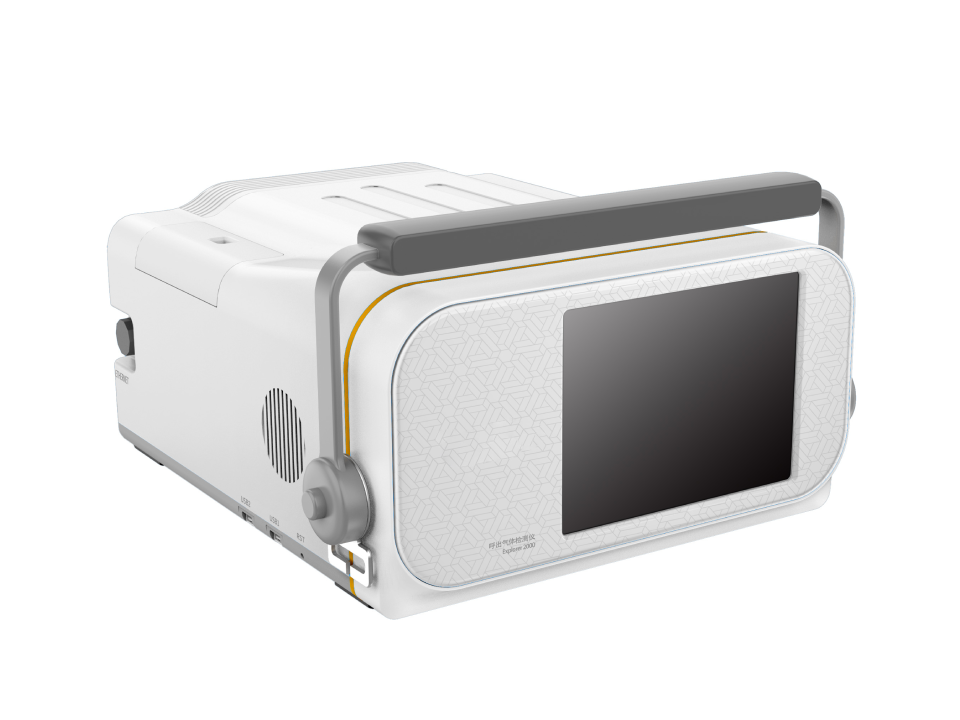Portability Meets Precision: Delivers lab-grade accuracy in a field-ready design, eliminating the delays of sample transport to off-site facilities.
Rapid Decision Support: 4-minute turnaround for 52 VOCs ensures timely responses in emergencies, from chemical leaks to environmental spills.
Versatility Across Matrices: Analyzes both gases and liquids, reducing the need for multiple instruments.
User-Centric Design: Automated workflows and integrated libraries lower the skill barrier, making advanced analysis accessible to all operators.



